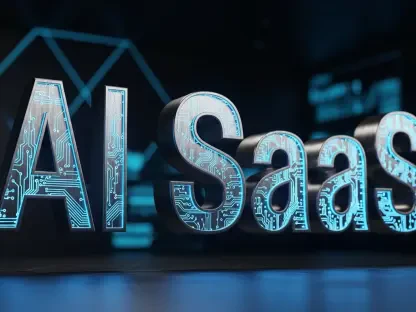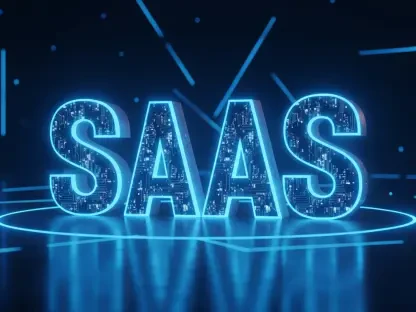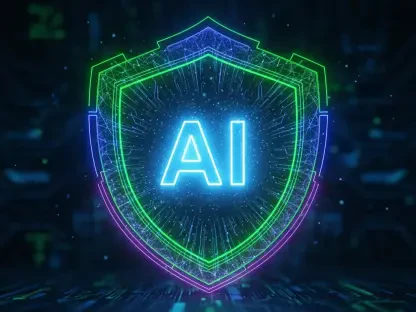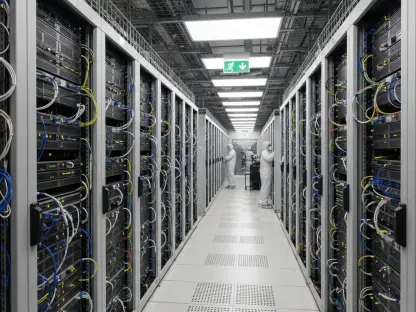In today’s ever-evolving world of software infrastructure, particularly in the realm of SaaS and open-source technology, Vijay Raina stands out as a leading expert. His depth of knowledge in enterprise SaaS technology and tools, along with a strong acumen for software design and architecture, places him on the frontier of new technological developments. We took this opportunity to dive deeper into the AGNTCY project, recently donated by Cisco to the Linux Foundation, and its transformative potential for AI agent communication.
Can you explain what the AGNTCY project is and why it was created?
AGNTCY is essentially an open-source infrastructure aimed at enhancing the communication and collaboration between multi-agent systems. The core idea was to create a robust environment where these agents can interact securely, discover each other with ease, and be observant of the processes—a necessity given the growing complexity of agent ecosystems. The project emerged from Cisco’s Outshift incubator, which highlights its innovative intent right from the start.
What motivated Cisco to donate the AGNTCY project to the Linux Foundation?
Cisco’s decision to donate AGNTCY to the Linux Foundation stems from a commitment to open-source development and a recognition of the benefits of communal progress over isolated efforts. By integrating into the Linux Foundation, Cisco ensures AGNTCY can grow under a neutral governance structure, fostering wider industry collaboration and avoiding the pitfalls of vendor lock-in.
How does the AGNTCY project differ from protocols like Google’s Agent2Agent (A2A) and Anthropic’s Model Context Protocol (MCP)?
While AGNTCY shares a space with other protocols like Google’s A2A or Anthropic’s MCP, it distinctively focuses on the infrastructure that supports these kinds of agent interactions. Unlike the other protocols that may focus on direct agent-to-agent communications, AGNTCY offers a comprehensive framework that includes identity verification, secure messaging, and insights into agent activities.
What are the key components of the AGNTCY framework?
The framework is built on a few critical pillars. The Open Agent Schema Framework is pivotal, creating a standard to define the capabilities and dependencies of agents. There’s an agent identity service, ensuring agents communicate securely by verifying identities. The SLIM messaging protocol is crucial for enabling swift, low-latency communications. Lastly, the observability framework provides crucial insights into agents’ activities and interactions, enhancing transparency and functionality.
How do open, community-driven standards benefit the AI agent ecosystem?
Open, community-driven standards are crucial as they prevent the fragmentation of the ecosystem into disparate silos. When different companies and developers can build on shared standards, interoperability is maximized, promoting seamless interaction and integration of services. This openness accelerates innovation and the evolution of agent systems.
Why is it important to avoid vendor silos in AI agent communication and collaboration?
Avoiding vendor silos is critical because silos limit the potential for integration and cooperation between different systems. When systems adhere to open standards, it reduces the compatibility barriers that can stifle innovation and interoperability, allowing for a more interconnected and flexible agent ecosystem.
Can you describe the role of Cisco’s Outshift incubator in the development of AGNTCY?
Cisco’s Outshift incubator played a foundational role in the birth and development of AGNTCY. By serving as a hub for innovation within Cisco, Outshift facilitates the creation and nurturing of groundbreaking projects like AGNTCY, which require a nurturing ground for experimentation and development before being ready for wider industry adoption.
What impact do founding members like Dell, Google Cloud, Oracle, and Red Hat have on the project?
These founding members bring immense credibility, resources, and industry influence to the project. Their involvement not only underscores the project’s significance but also provides a wealth of experience and resources that can propel AGNTCY’s development forward, ensuring it gains the traction and adoption it needs within the industry.
How does the “internet of agents” differ from the traditional internet and cloud models?
The internet of agents concept pushes beyond traditional models by focusing on distributed, intelligent agent systems that can independently interact and compete. Unlike traditional networks that connect static endpoints, this new paradigm allows for dynamic, context-aware interactions that are driven by smart agents capable of autonomous decision-making.
What challenges do you anticipate in implementing and scaling the AGNTCY framework?
Implementation and scaling of AGNTCY could face challenges like ensuring consistent adherence to open standards, managing identity and security at scale, and integrating with existing systems. Overcoming these requires robust governance, continual community collaboration, and possibly new innovations in security and interoperability.
How do projects like AGNTCY contribute to the advancement of distributed agentic systems in the industry?
Projects like AGNTCY are foundational for advancing distributed agentic systems as they provide the structural support for seamless and secure communication across diverse agents. By establishing an interoperable framework, AGNTCY facilitates innovation and advancements in autonomous systems, pushing the boundaries of what these technologies can achieve.
Do you have any advice for our readers?
For those interested in the evolution of software and AI, understanding the importance of open standards and collaborative ecosystems is crucial. Embrace open source; it’s where you’ll find the communities driving innovation and who are building the foundations for the future of technology.









